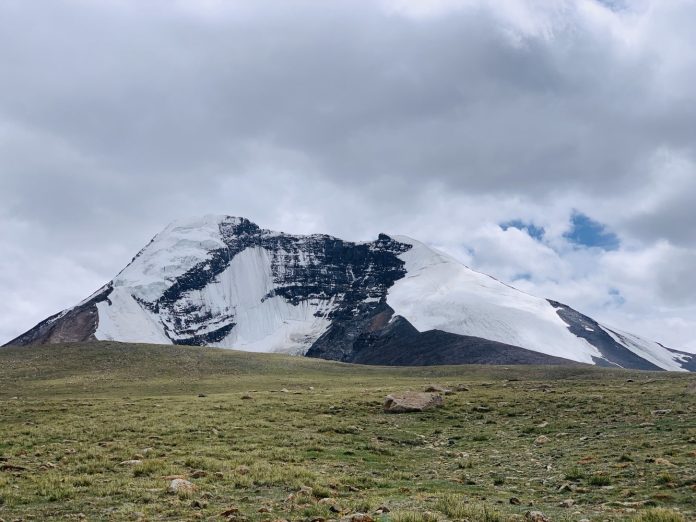I. Introduction
Kang Yatse II is in Hemis National Park and is 20,505.2 ft (6,250 m) above sea level. Going through Markha Valley, you can see Kang Yatse II, one of the tallest trekking peaks in Ladakh’s vast, dry landscape. In the middle of this barren area of scree and loose rocks sits a peak that is nothing short of stunning. This trek is excellent if you’ve never been to the Himalayan Summit, prior experience in high-altitude trekking above 5,000 meters is a must. It’s made for hikers who want an adventure that involves climbing more than 6,000m or who want something different than a typical trekking trip.
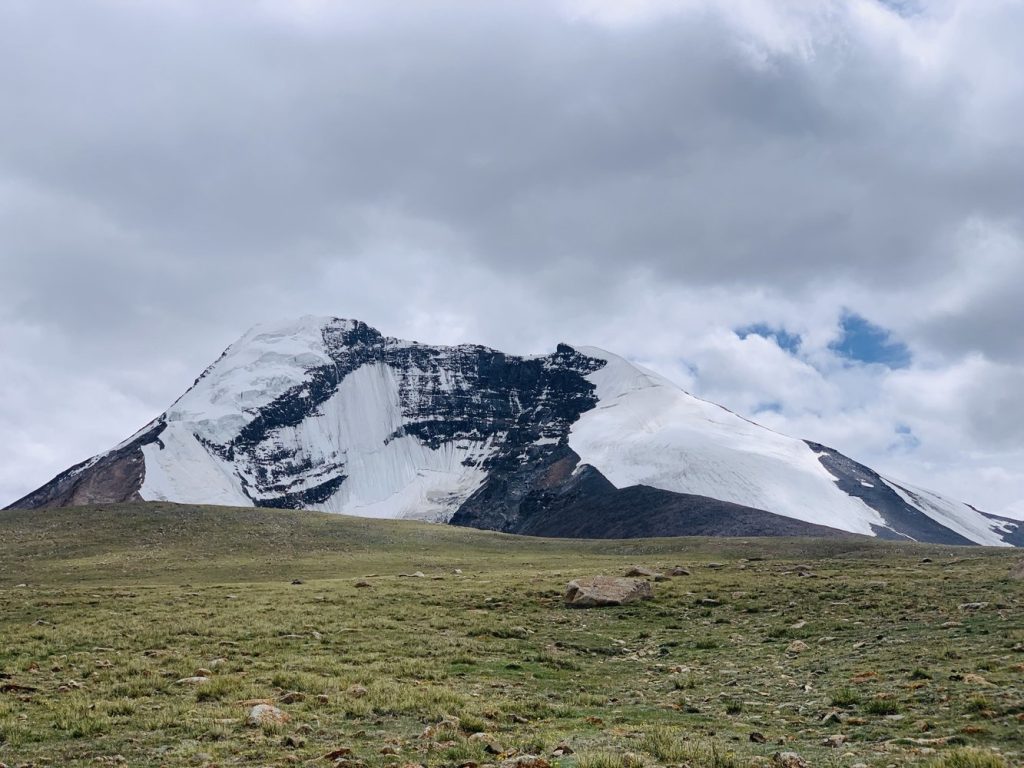

II. Overview of Kang Yatse 2
Kang Yatse II, also called the Western Summit of Kang Yatse, is an excellent peak for people who want to move from hiking peaks to semi-technical climbing. This peak has fantastic views of the mountains in the area, such as K2, Broad Peak, and the Gasherbrum Massif to the north, and Nun Kun and the Zanskar range to the west.
Kang Yatse II is a mountain just over 20,000 ft high. So, mountaineers and hikers with a lot of experience should be ready for a challenging but doable climb. On your way to KY2, you’ll pass through the beautiful Thactungtse and Nimling fields, with many bright wildflowers to look at. The quiet Tigu lakes and the Mani stones are the trek’s highlights. The day it takes to get to the summit is challenging because the path is full of moraines and sharp rocks, and some crevasses are covered in snow for most of the day and require ropes for safety. Even though there are difficulties, the climb is a satisfying mix of fun and challenge. Kang Yatse II is a great place to go if you want to climb a challenging peak with incredible views of the nearby mountains and the beautiful landscape of Ladakh.
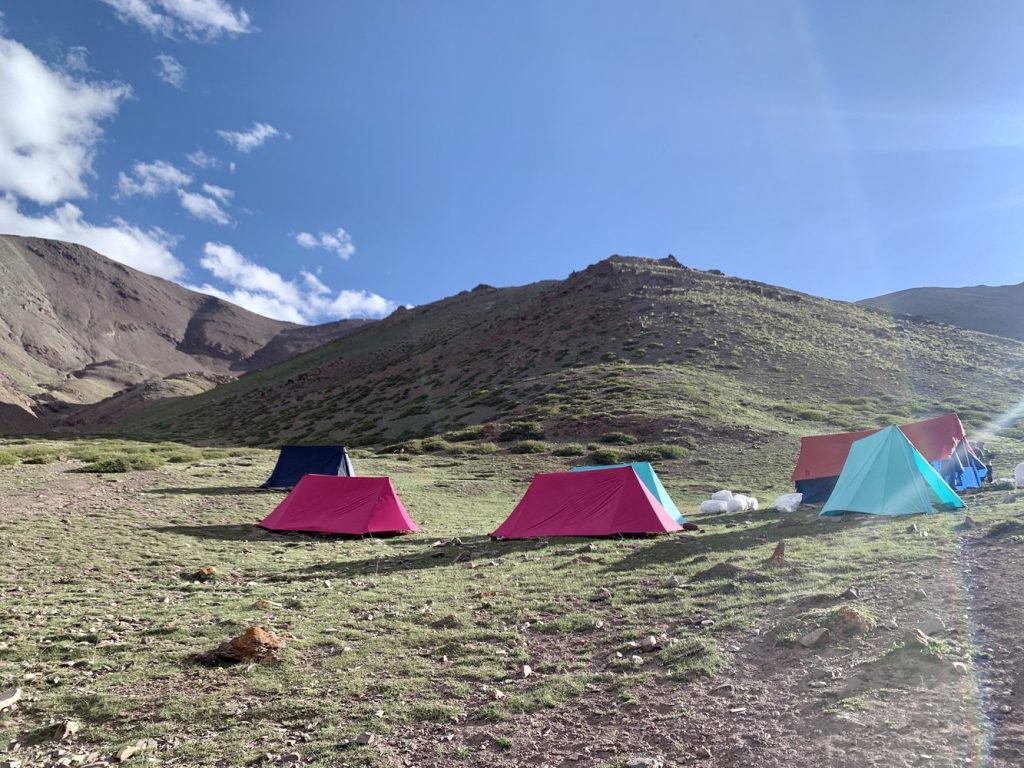

III. Accessibility and Logistics
Transportation to and from Leh Airport to the trek’s starting point and back will be provided by TrekNomads. You will also have access to a group of guides, helpers, and organizers who have been trained. Additionally, someone from TrekNomads’ internal staff will also lead the trek.
IV. Climbing Difficulty and Skill Requirements
The trek up Kang Yatse 2 is not for the faint-hearted. To climb Kang Yatse II, you must have excellent fitness. Many experienced climbers use the summit of Kang Yatse II as a fitness test before trying harder climbs at higher altitudes. The summit day is the hardest part of the Kang Yatse 2 Trek. On this day, you must climb up to 3937 ft (1200 m) to reach the peak. For summit efforts, you must get up early and prepare for cold weather. Once you reach the summit, the views are breathtaking.
To climb Mt. Kang Yatse-II successfully, you must plan. Start by working on your cardio fitness, and if you need to, add some lightweight training. This method is an excellent way to prepare for the climb. Taking 6-7-hour walks on nearby trails once or twice a month is a great way to get in shape for the climb. If you still need to get a fitness regime, you must follow TrekNomads’s recommendations. The workout regime will last four months; you must do it at least four times a week. The regimen aims to help you climb efficiently, especially at higher levels. The varied workouts in the regime will benefit every aspect of your health and fitness, including your upper body and core, endurance, lower body, shoulder strength, and breathing pattern. You can be sure you will be ready for the trek if you carefully follow the directions. With the aid of this regime, you’ll not only be able to finish the trek, but you’ll also develop a sense of fitness that you can apply to your daily activities.
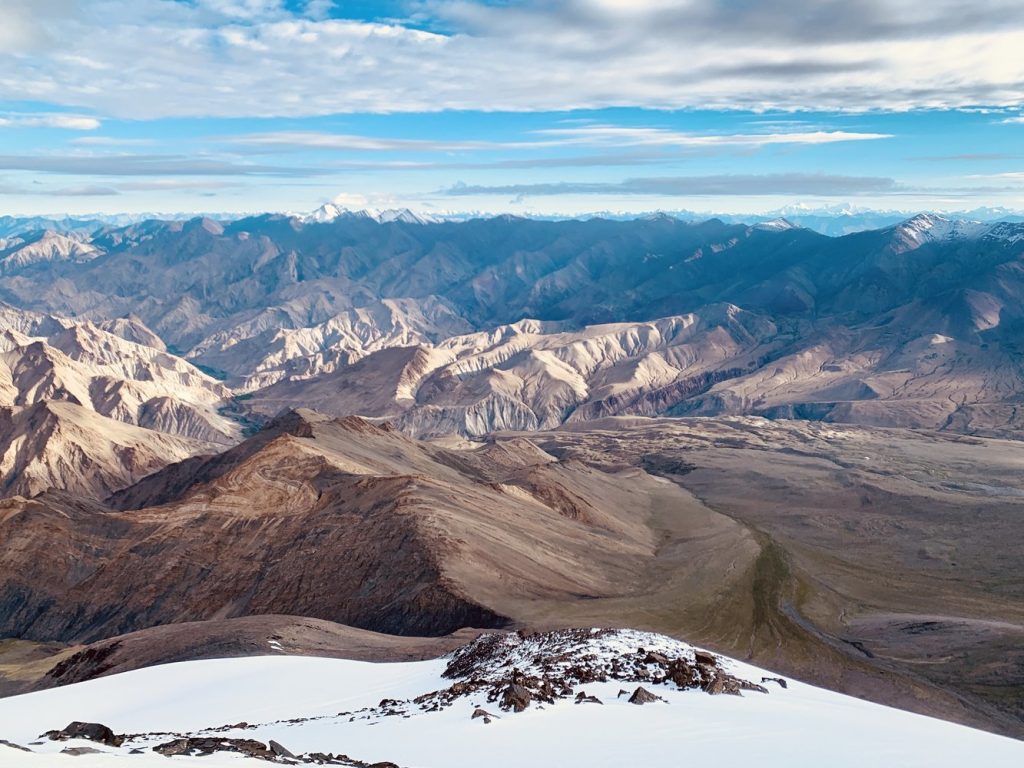
V. Stunning Scenery and Natural Beauty
On your trek to Kang Yatse 2, you will see monasteries, traditional Himalayan culture, and the world-famous alpine meadows of the Ladakh Valley. Along with the more common views of Arghal, Bharal, Shapu, and other animals, trekkers can also see the beautiful snow leopard. When hikers leave the Konmaroo La, they will arrive at Nimaling. Just before the camp, beautiful meadows offer one of the most beautiful views of the entire trek. These meadows are some of the most beautiful in the whole Himalayas. There are sheep grazing, a shepherd’s road, and lush plants. When you leave base camp, you’ll start a challenging trip that will test your physical and mental strength to the limit. The Kang Yatse (II) expedition is for expert mountain climbers who want to climb peaks over 19,500 ft. The trekkers’ journey will be much easier if they know mountaineering rules and how to climb technically. Due to the difficulty and the extensive distance of the trek, climbers need to be in peak physical and mental form.
VI. Cultural and Historical Significance
In Leh, there is a busy market where you can try delicious food from many different cultures, such as Mughlai, Tibetan, Chinese, and Italian. With far-off mountains, winding paths, and strong walls, the dramatic landscape will captivate any tourist. Leh is home to many famous sites and monasteries, such as Shanti Stupa, The Leh Palace, Shey, Hemis, Alchi, Thiksey, and Lamayuru, the Armed Forces Hall of Fame, and many others. The trek to Kang Yatse II takes trekkers through breathtaking alpine landscapes, high mountain passes, and remote valleys. The cultural history of the region comes alive as trekkers traverse through traditional Ladakhi villages, interact with the local communities, and witness their way of life. The Kang Yatse II trek offers a unique blend of adventure and cultural immersion. It provides trekkers with an opportunity to experience the natural beauty of the Himalayas while gaining insights into the cultural heritage of the region. The journey to Kang Yatse II is not only a physical challenge but also a chance to appreciate the rich tapestry of history and traditions that have shaped the area over the years.
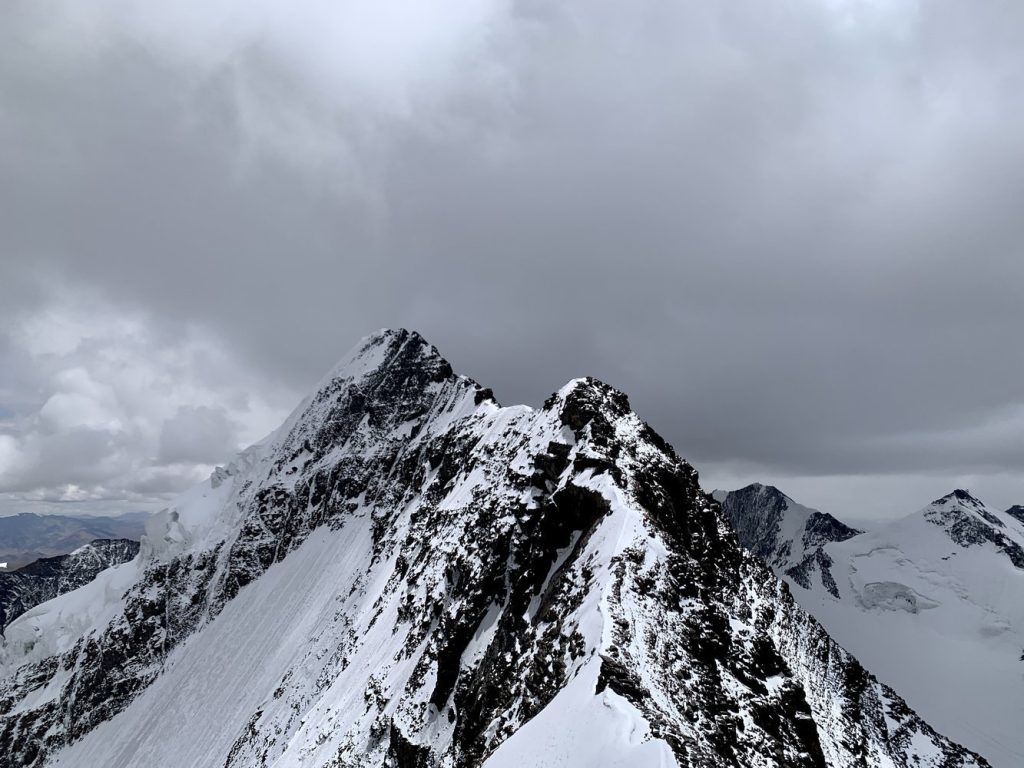

VII. Safety Considerations
During high-altitude trekking, the human body undergoes acclimatization to cope with reduced oxygen levels. As altitude increases, the air becomes thinner, resulting in lower oxygen availability. In response, the body initiates physiological adjustments to adapt.
One significant adaptation is an increase in respiratory rate. The body compensates for reduced oxygen content in each breath by breathing at a faster rate. This elevated breathing rate helps to maintain an adequate oxygen supply to meet the body’s demands.
Acclimatization involves several complex mechanisms, such as increased production of red blood cells, improved oxygen uptake in the lungs, and enhanced oxygen delivery to the tissues. These adaptations occur gradually over time as the body adjusts to the altitude, allowing trekkers to function more efficiently at higher elevations.
Trekkers need to understand the process of acclimatization and give their bodies sufficient time to adapt during high-altitude expeditions. This helps mitigate the risk of altitude-related illnesses and ensures a safer and more enjoyable trekking experience.
At these high levels, there is dry air. It is essential to drink enough water to keep your body well hydrated and keep your body’s processes running normally. At higher altitudes, it takes more work to keep your muscles working and your body warm, so your body tends to burn more calories generally. Eating well helps your muscles heal and gives you steady energy, which is important for keeping your mind sharp.
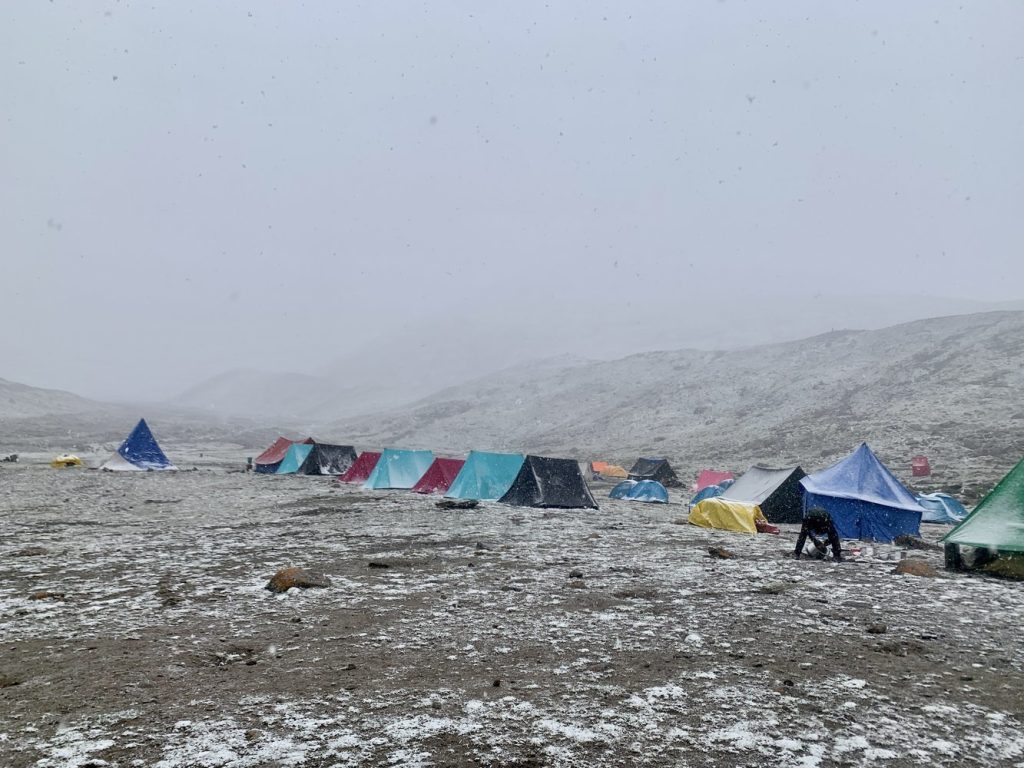
VIII. Conclusion
It’s hard to believe how beautiful the high altitude is, and as you head back to base camp, memories of the night and the last push to the summit will return to you. On your way back to Leh, it will be hard to leave the “summit grins,” as we call them, but you will have many memories and a story to tell everyone about your experience. There’s no question that climbing can be a fun and rewarding experience, but it’s important to remember that risks are involved. To lower these risks and ensure the climb is safe and fun, planning, training, and bringing the right gear is essential. The climbing area’s natural beauty should be kept for future generations, so climbers should also value the environment and the local culture.
Responsible trekking involves ensuring minimal impact on the environment and local communities. Trekkers should follow Leave No Trace principles, leaving the trail as they found it and carrying out any waste they generate. It’s important to respect local customs, support local economies, and engage in sustainable practices. Taking responsibility for preserving the natural beauty and cultural integrity of the trekking areas is essential.
Before attempting semi-technical climbs like Kang Yatse II, trekkers should gain experience with high-altitude treks above 5000 meters. These treks provide an opportunity to acclimatize to the thin air, develop physical fitness, and understand the challenges of navigating in such environments. Building a solid foundation of high-altitude trekking experience will better prepare individuals for the technical aspects and higher altitudes associated with climbs like Kang Yatse II. Some of the treks you can try are Everest Base Camp Trek and Annapurna Circuit Trek and other high-altitude treks above 5,000 meters.
